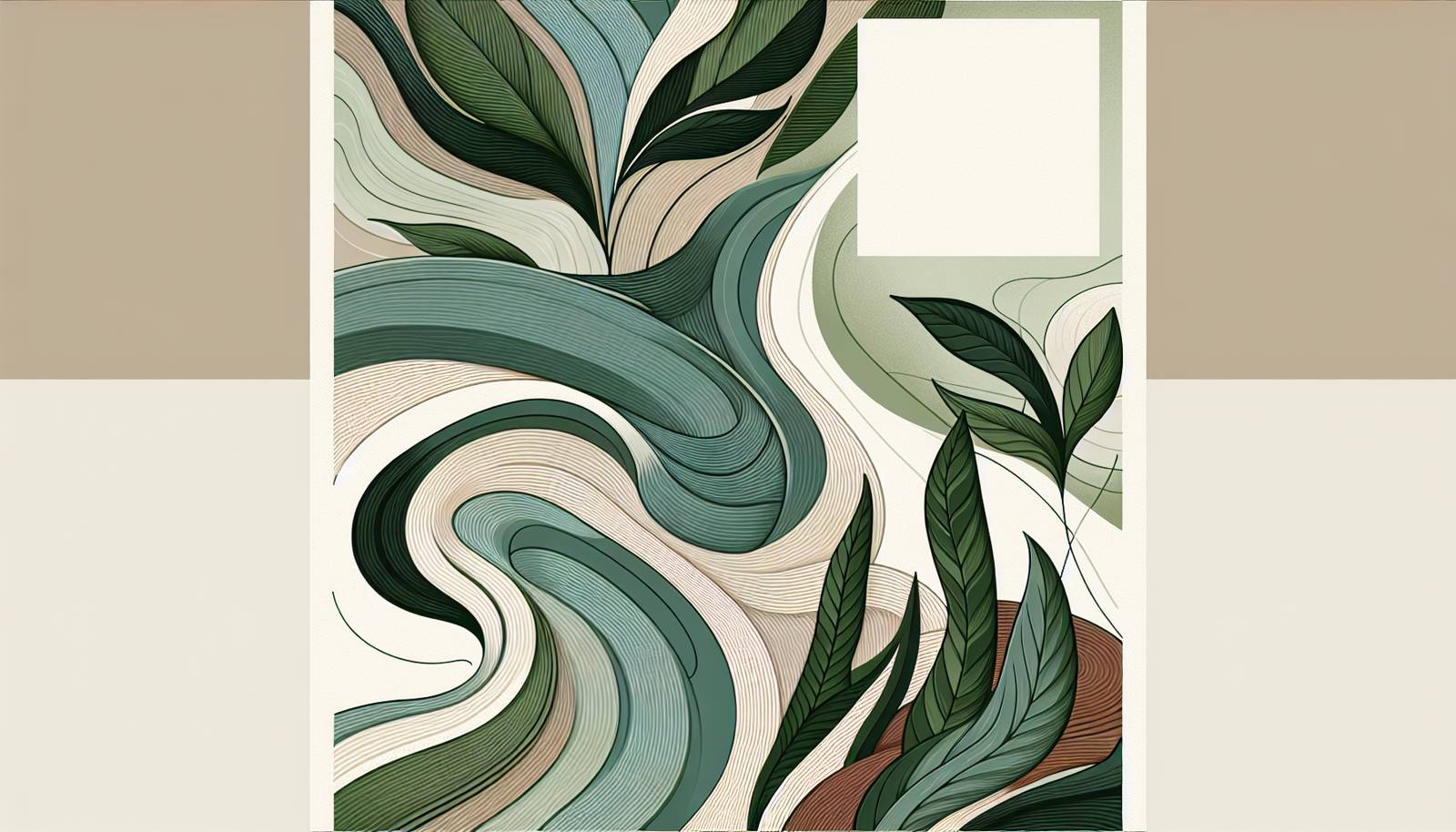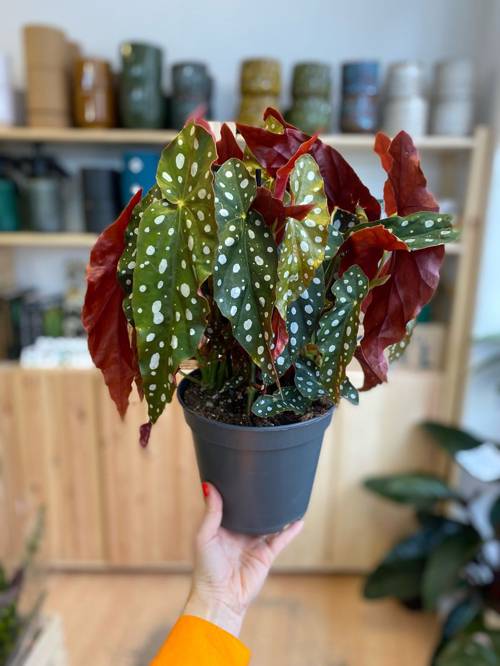
FAQ About Indoor Plant Resilience to Low Humidity

What are some indoor plants that are naturally resilient to low humidity?
Some indoor plants that are naturally resilient to low humidity include the Snake Plant (Sansevieria), Zanzibar Gem (Zamioculcas zamiifolia), and Spider Plant (Chlorophytum comosum). These plants are adapted to arid environments and have features such as thick leaves that retain moisture better.

How does low humidity affect indoor plants?
Low humidity can cause indoor plants to experience stress, leading to issues such as browning leaf tips, wilting, and stunted growth. It can also increase their vulnerability to pests and diseases. Plants transpire more in low humidity, losing water faster than they can absorb it from the soil.

What signs indicate that a plant is struggling with low humidity?
Signs that a plant is struggling with low humidity include brown edges or tips on leaves, curling or wilting leaves, and increased susceptibility to pests like spider mites. Leaves may also appear more faded than usual.

Can succulents survive in low humidity indoors?
Yes, succulents are well-suited to low humidity environments. They store water in their thick leaves, which allows them to thrive in drier air conditions typical of many indoor settings.

Are there any tropical plants that tolerate low humidity?
While most tropical plants prefer high humidity, some, like the Cast Iron Plant (Aspidistra elatior) and Pothos (Epipremnum aureum), can tolerate lower humidity levels better than others. Regular misting and grouping plants together can help increase humidity around them.

What techniques can increase humidity for indoor plants?
Techniques to increase humidity include using a humidifier, placing a tray of water near plants, grouping plants together, or regularly misting plants. You can also consider placing plants in areas with naturally higher humidity, such as bathrooms or kitchens.

How much humidity do indoor plants need?
The optimal humidity level for most indoor plants ranges between 40% to 60%. Tropical plants generally require higher humidity, around 60% or more, while many arid-region plants, like succulents, can tolerate lower levels.

What is the impact of heating systems on indoor plant humidity?
Heating systems can significantly reduce indoor humidity levels by heating and drying the air. This can create challenging conditions for humidity-loving plants and may require additional interventions to maintain adequate humidity levels.

How often should you mist plants to combat low humidity?
Misting can be done regularly, such as once a day or every few days, depending on the plant's needs and the ambient humidity. However, not all plants benefit from misting, so it’s important to understand the specific requirements of each plant species.

Are cacti good options for low humidity environments?
Yes, cacti are excellent options for low humidity environments. They are naturally adapted to dry, arid climates and can thrive in low humidity conditions found in many indoor environments.

Is it possible to maintain a fern in low humidity conditions?
Maintaining a fern in low humidity conditions can be challenging since ferns generally require high humidity. However, regular misting, using a humidifier, and placing the plant on a pebble tray with water can help meet their humidity needs.

What are the best indoor plant care practices for low humidity areas?
Best practices include selecting plants suited to low humidity, regularly watering according to each plant's specific needs, avoiding drafts, and using humidity-increasing techniques such as pebble trays or humidifiers.

Can low humidity lead to plant diseases?
Yes, low humidity can make indoor plants more susceptible to certain diseases, particularly those caused by pathogens that thrive in dry conditions. Additionally, low humidity can stress plants, weakening their natural defense mechanisms.

Why do some plants have brown tips in dry environments?
Browning tips in plants can be caused by low humidity, as foliage loses moisture faster than it can be replaced from the roots. This often results in dried-out leaf edges or tips, indicating the plant is trying to conserve moisture.

Are air plants (Tillandsia) tolerant of low humidity?
Air plants are generally more tolerant of low humidity compared to other tropical plants, as they absorb moisture from the air. However, they still need occasional misting or soaking to stay healthy, especially in very dry environments.

Do peace lilies require high humidity indoors?
Peace lilies prefer medium to high humidity levels. While they can adapt to lower humidity, their leaves may develop brown edges if the air is too dry. Providing additional humidity through misting or a humidifier can help maintain leaf health.

Can you use a terrarium for plants sensitive to low humidity?
Using a terrarium can create a microclimate with higher humidity, which is beneficial for plants sensitive to low humidity. The enclosed space helps retain moisture in the air, making it suitable for humidity-loving plants.

How does low humidity affect the photosynthesis process in plants?
Low humidity can affect photosynthesis by causing stomata, the pores on leaves, to close in an effort to conserve water. This reduces the plant's ability to take in carbon dioxide, which can hinder the photosynthesis process and impact growth.

Can houseplants actually improve indoor humidity?
Houseplants can improve indoor humidity to a small extent through a process called transpiration, where they release moisture into the air from their leaves. While the effect might be limited, having multiple plants can slightly enhance indoor humidity levels.
